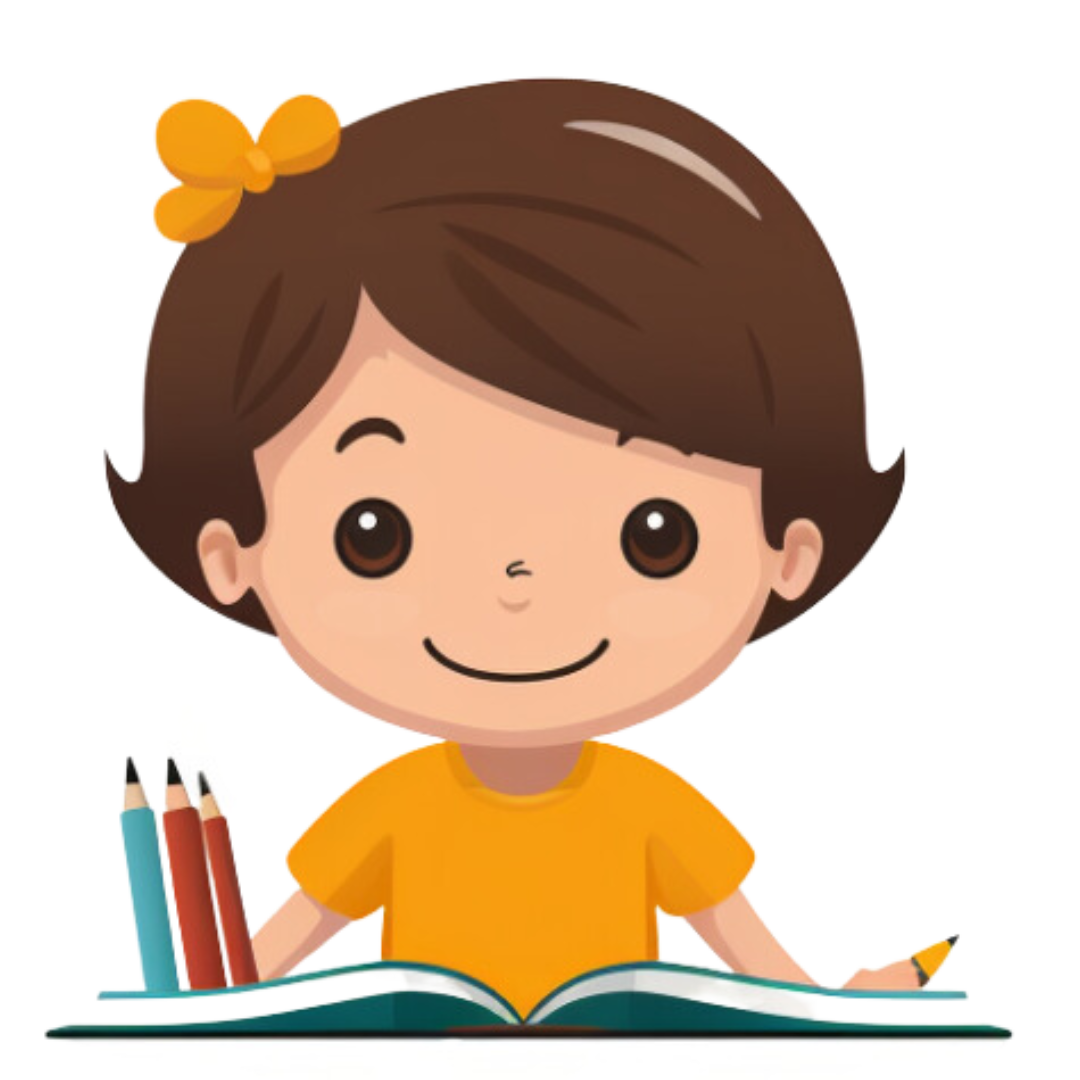Story Worksheet
Buggy Island Adventure
Rating: 5.0
Story: Buggy Island Adventure (MEDIUM)
Once upon a time, on a sunny island, lived a group of friendly bugs.
They loved their home, full of lush green plants and colorful flowers.
One day, a tiny ant named Andy decided to explore the island.
He met a beautiful butterfly named Bella, a jolly grasshopper named Gary, and a wise old beetle named Benny.
Together, they discovered the island's beauty, from the tallest tree to the smallest pebble.
They learned to respect their environment and take care of it.
They picked up tiny bits of trash and planted more flowers.
The island became even more beautiful, thanks to the little bugs.
And they all lived happily, knowing they were taking care of their home.
Questions and Answers (10)
- Q: Who is the tiny ant?
- A: Andy
- Q: What is the butterfly's name?
- A: Bella
- Q: Who is the jolly grasshopper?
- A: Gary
- Q: Who is the wise old beetle?
- A: Benny
- Q: What did the bugs do to take care of their environment?
- A: They picked up trash and planted more flowers
- Q: Where did the story take place?
- A: On an island
- Q: What did the bugs discover on the island?
- A: The island's beauty
- Q: How did the bugs make the island more beautiful?
- A: By picking up trash and planting more flowers
- Q: What did the bugs learn from their adventure?
- A: To respect and take care of their environment
- Q: How did the bugs feel about taking care of their home?
- A: Happy
Facts
Why is this worksheet educational?
The story "Buggy Island Adventure" is educational because it introduces children to the concept of environmental conservation in a simple and engaging way.
The characters, Andy, Bella, Gary, and Benny, are bugs that children can easily relate to, making the story more appealing.
The story also teaches children about the importance of teamwork and respect for nature.
The bugs work together to clean their environment and make it more beautiful, demonstrating the power of collective action.
The story also encourages children to explore their surroundings and appreciate the beauty of nature.
The questions following the story help to reinforce the lessons learned and ensure that children understand the story's main points.
The story is also designed to be easy to read and understand, with simple language and a clear, straightforward plot.
This makes it suitable for children in the first and second grades, who are just beginning to read independently.
The story's positive messaging, imaginative setting, and educational content make it a valuable resource for parents and educators looking to teach children about environmental conservation in a fun and engaging way.
 ReadWriteHub.com
ReadWriteHub.com